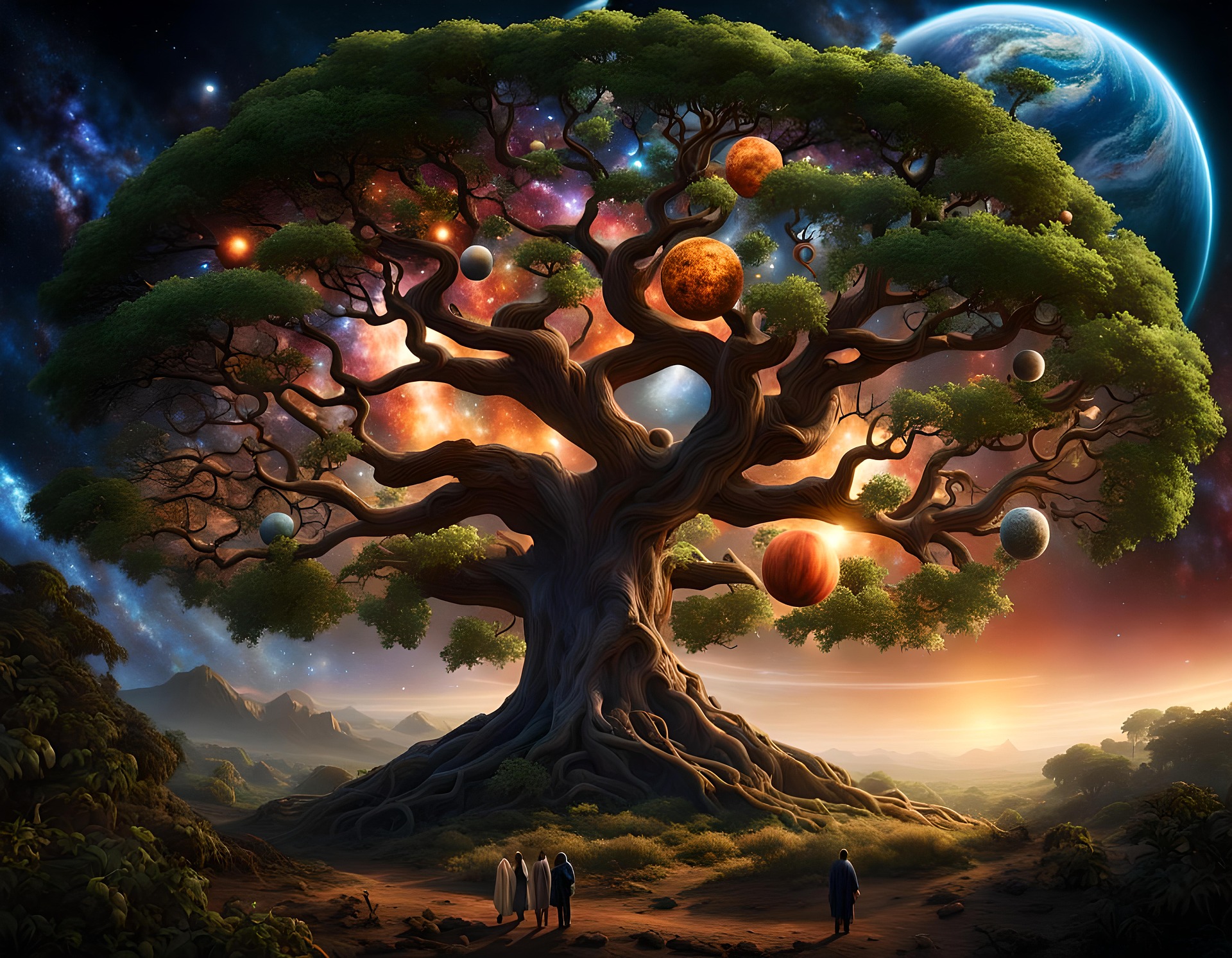
Difference, Relationship, and Diversity
Differentiate between living and non-living things
Relationship
between living and non-living things
Diversity of
living and non-living things

Differentiate between living and non-living things
Relationship
between living and non-living things
Diversity of
living and non-living things
| Features | Living Things | Non-Living Things |
|---|---|---|
| Movement | Move by themselves | Do not move on their own |
| Respiration | Take in oxygen, release carbon dioxide | No respiration process |
| Sensitivity | Respond to environmental stimuli | Do not respond to stimuli |
| Growth | Grow and develop over time | Do not grow or develop |
| Reproduction | Produce offspring | Do not reproduce |
| Excretion | Excrete waste products | No excretion process |
| Nutrition | Require food for energy | Do not need food |